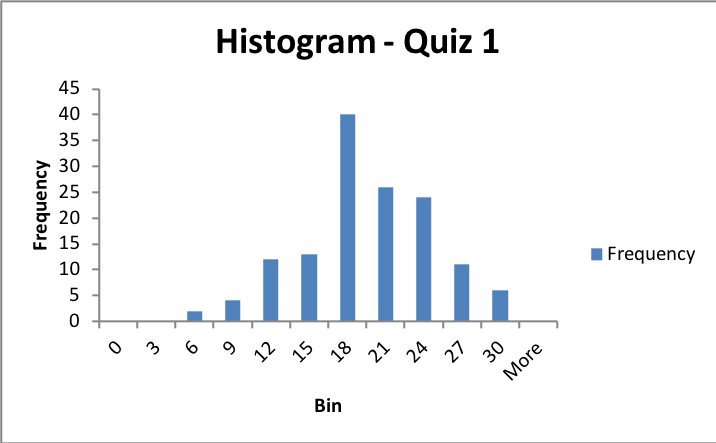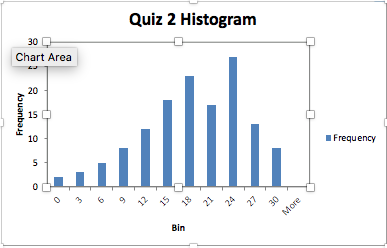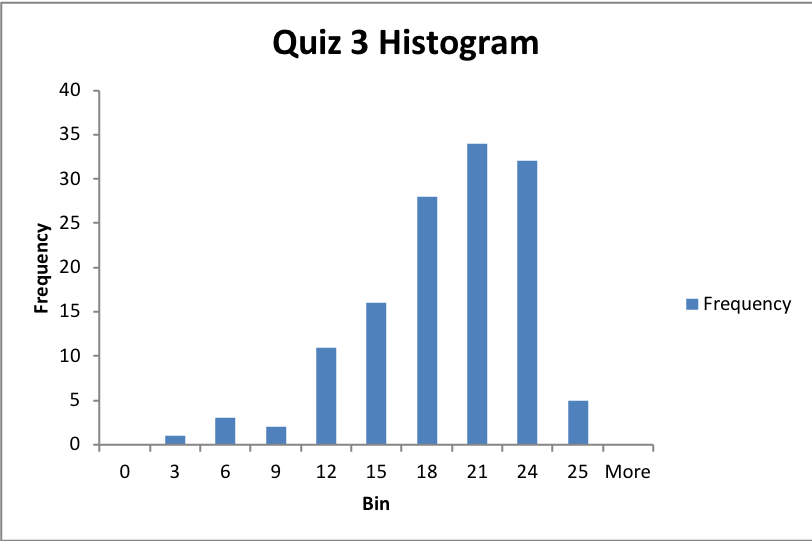
2) Oct. 17 (Tues.)solution Average = 70%

3) Nov. 12 (Tues.)solution Average = 75%

4) Nov. 28 (Thur.) solution
Last Years Quizes:
************************************************************
Quiz 2 -- Lectures 7-9 inclusive. Does not include Lec. 10************************************************************
.Tom Smy (Rm 4154 -- Mornings!)
tjs@doe.carleton.ca
Suggested Reading;
Electronic properties of
materials.
Hummel, Rolf E., 1934- 2nd
ed. Berlin, Springer-Verlag. 1992 404 p.
CALL NUMBER: QC176.H86 1993
Principles of Electronic Materials and Devices - Safa Kasop
There is a great deal of material books, lectures, notes, and public domain information dealing with the course material. It would be wise to do supplemental reading. The lectures will delimitate the material to be covered.
Matlab code for "toy" simulators used to illustrate a number of physical effects are in the git repository at 4700Code. Students are encouraged to goto the repo (it is public) create a branch identified by their name and enhance, debug the code. This effort will be worth bonus marks if significant.
Mark Breakdown
Marks
Final: 40.00%
Tests: Four at 15% each -- you must take at least 3 quizzes to pass the course.
The mark weight on any quiz that has a lower mark than that of the final will be automatically transferred to the final.
For example if you get 75% on the final and 0%, 65%, 85%, 85% on the three quizes, I will calculate your mark as
75%*(0.40+0.30) + 85%*0.30
TA info:
Scott Stewart (Scott.Stewart at carleton.com)
Is available for consultation on the course material. Email him for appointments.
Term Quizzes:
Each test is designed to be 45 min. in length. However, everybody
will
be given the entire lecture time to complete it.
This Years Quizes
1) Oct. 1 (Tues.)solution Average = 62%

2) Oct. 17 (Tues.)solution Average = 70%

3) Nov. 12 (Tues.)solution Average = 75%

4) Nov. 28 (Thur.) solution
Last Years Quizes:
1) Sept. 28 (Fri.) solution
2) Oct. 31 (Wed.) solution
3) Nov. 9 (Fri.) solution
4) Nov. 30 (Fri.) solution
Two Years Ago Quizes:
1) Sept. 28 (Thurs.) solution (Average 75).
2) Oct. 19 (Thurs.) solution (Average 52).
3) Nov. 9 (Thurs.) solution (Average N/A).
4) Nov. 30 (Thurs.) solution (Average N/A).
Example Quizes and Finals:
Lecture notes
lecture 0: No Lecture (Sept. 5)
lecture 1: : Classical Physics (Sept. 10) Old Key Slides and Questions
lecture 3: Introduction to Quantum (Sept. 12) Old Key Slides and Questions Good book! Another book! Things Get Real! Sean Carroll on Joe Rogan
lecture 4: Electron WavePackets (Sept. 17) Old Key Slides and Questions
lecture 5: Wells and Electrons (Sept. 19) Old Key Slides and Questions
lecture 6: Tunneling (Sept. 24) ppt Key Slides and Questions
Review: using 4700 ppt (Sept. 26) Introduction to Crystals
Quiz 1 Oct. 1 (Tues.) (Lectures 1-6 inclusive)
lecture 7: Crystals (Oct 3) Old Key Slides and Questions
lecture 8: Bands and Conduction (Oct 8) Old Old2 Key Slides and Questions
lecture 9: Introduction to Semiconductors (Oct 10) Old Key Slides and Questions
lecture 10: Optical Effects and Transport (Oct. 15) ppt Key Slides and Questions
Quiz 2 Oct. 17 (Thur.) (Lectures 7-9 inclusive)
Break week for Oct. 22 and Oct. 24
lecture 11: Schottky and PN Diodes (Oct. 29) ppt Key Slides and Questions
lecture 12: Bipolar Transistors (Oct. 31) Key Slides and Questions
lecture 13: Field Effect Transistors (Nov. 5) Key Slides and Questions
lecture 14: Optical Systems (Nov. 7) Key Slides and Questions
Quiz 3 Nov. 12 (Tues) (Lectures 11-14 inclusive)
lecture 15: Lasers, LEDs, Solar Cells and Photo-diodes (Nov. 14) Key Slides and Questions
lecture 16: IC Fabrication (Nov. 19) Key Slides Questions
lecture 17: MEMS (Nov. 21) Key Slides Questions
lecture 18: Nano (Nov. 26) Cool cars on chips Key Slides Questions
Quiz 4 Nov. 28 (Thur.) (Lectures: 15-18 inclusive)
lecture 19: Nano dots and quantum effects (Dec 3) Key Slides Questions
lecture 20: (Dec 5) Quiz return, review and discussion.
Old Lectures -- for background
lecture 7: Electron in Crystal!
lecture 8: Band Structures and Conduction!
lecture 9: Filling the bands and n and p!
lecture 10: Semiconductors and carrier flow!
lecture 13: Diodes (Schottky and pn)!
lecture 19: Nano dots and quantum effects
lecture 21: Optical Amp/Lasers/Detectors!
